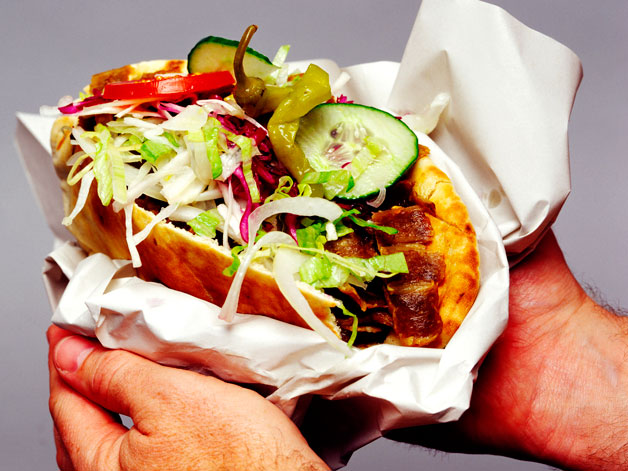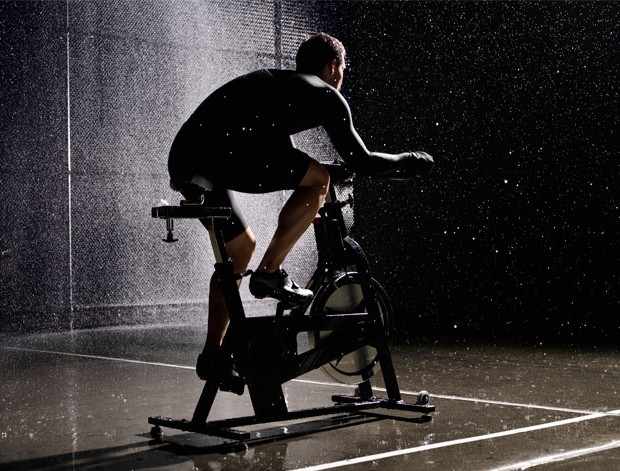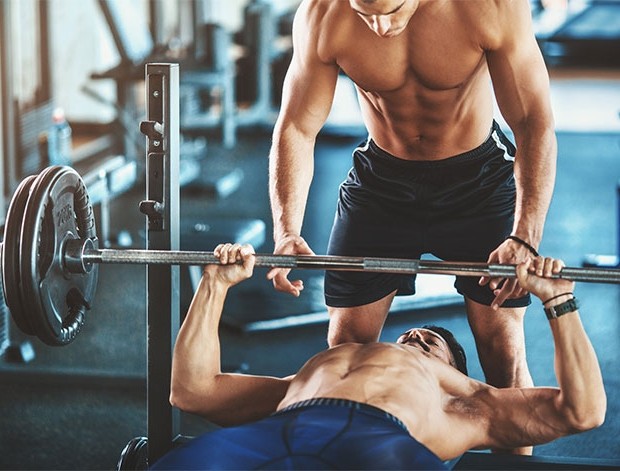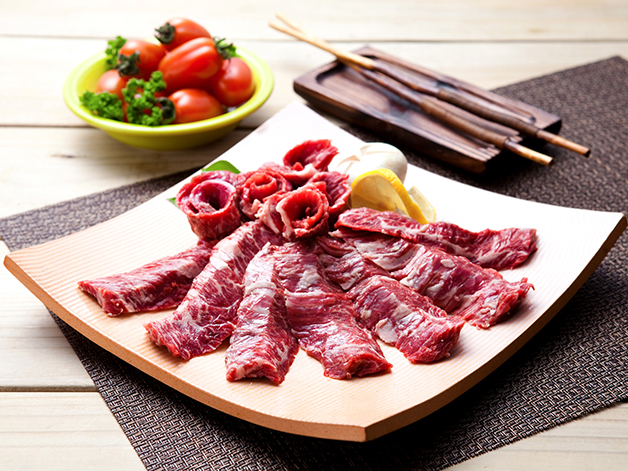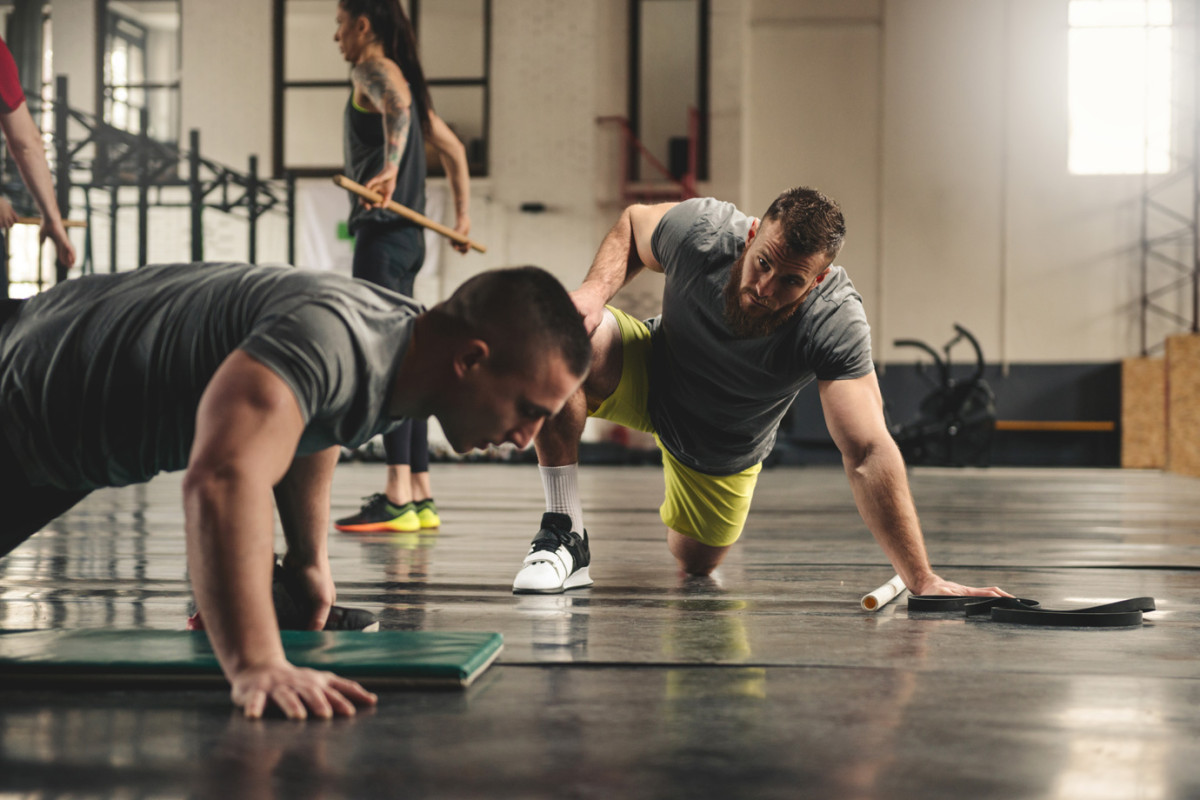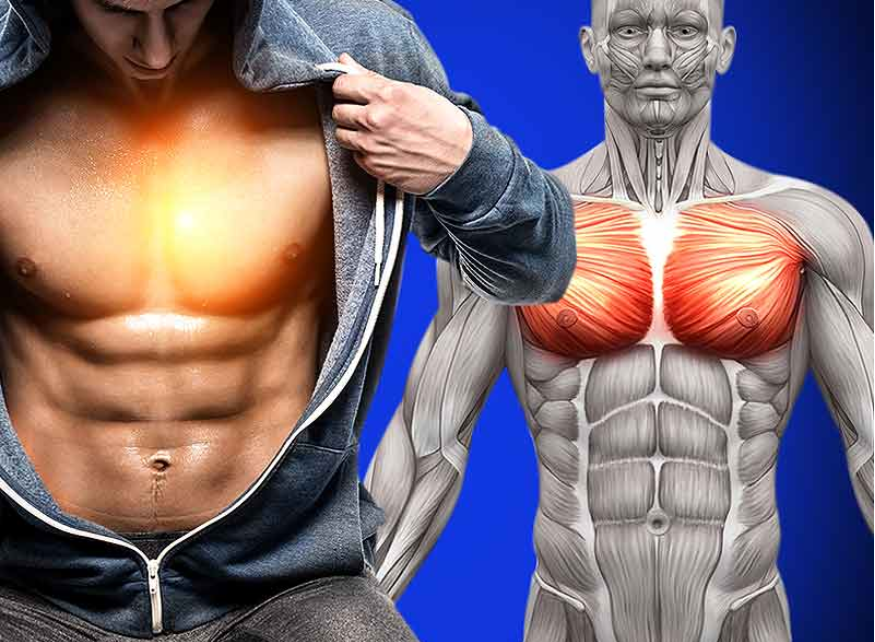9/10 of us cheat on our nutrition plans. But is it sabotaging your health?

We all love a cheat day – it's the only thing that gets us through the supersets – but it seems as though a lot of you love them a little too much. According to a recent survey of 3,000 customers by health food retailer Musclefood.com, almost nine out of 10 fitness fans confessed to regularly munching on junk food. Just 13% claimed they stuck to a clean living lifestyle.
Come on chaps. You should all know by now – we tell you often enough – that if you want to make big gains, then you need to take your diet seriously. And burgers, ice cream and any other sugary, highly calorific fatty-foods won't cut it.
If you want to pack on muscle, then you need to eat clean and ditch the dirty bulking. Don't believe us? Read on and find out for yourselves. But trust us, if you're a fan of a post-workout Big Mac, you're not going to like what you hear.
Food glorious food. We all know you need mountains of the stuff to gain mass like, well, The Mountain, but can you gorge on whatever you want? Can you rack up the calories with a post-workout Big Mac or should you swap the drive-through for a simple plate of chicken and veg?
That’s the choice you face: clean eating or dirty bulking. Heard the terms, but not exactly sure what they mean? Add these to your diet dictionary:
Dirty Bulking
The idea is simple: hit the gym hard and follow it up with as much food as you can. Junk food or fruit; it doesn’t matter, just shove in the calories to fuel your muscles any way you can. McDonalds. Pizza Hut. Pot Noodle. They’re all on your plate. Probably at the same time.
Clean Eating
This means carefully fuelling your workouts with more ‘clean’ calories, keeping to a healthy ratio of protein, carbohydrates and fats (roughly 2:3:1 – check out how to work out your ratio here). Why? To keep fat gain at a minimum while you grow muscle.
But which method is most effective? To get to the bottom of the see-food and eat it diet we’ve served up the know-how of PT Ollie Frost, a man specialising in building big rugby bodies, alongside the world’s top studies to create an easily digestible bulking up diet guide. Eat it up (find out how cleanly below).

Dirty bulking will make you put on weight
The rumours are true. You can convert a lot of calories into a lot of muscle. And there’s no getting around the fact it is easier to rack up your calorie count with a Domino’s order. For instance, a lean muscle-building salmon mealcontains 333kcal per serving, less than your average 546kcal slice of New Yorker pizza. You do the maths (just kidding, here is it: if you ate just four slices of pizza you’d chow down almost 7 times more calories than the salmon dish).
But will all those calories convert to bigger biceps? The science says not necessarily. And unfortunately it doesn’t say it in the simplest way. But what you need to know is this: you can’t judge how much muscle you’ll put on from calories alone. The reason? A calorie isn’t a unit of how much mass you’ll gain, it’s solely a measurement of energy.
So while there’s 4kcal per gram of protein and carbohydrate, there’s also 9kcals per gram of fat. Therefore, if you’re forcing down calorie dense foods, chances are you’re inhaling waist expanding fat, not bicep-building protein.
If you want to build muscle then you’ve got to get smart. You’ve got to think about the macronutrients you’re having in every meal, specifically protein. When you pile your plate with it, enzymes in the stomach and small intestine break down the proteins into amino acids that are used to patch up the micro-muscle tears you made during your last big lifts session.
It sounds scary but don’t worry, this is a good thing; these acids are the reason you get stronger muscles – by patching up tears they make your fibres bigger.
So will chowing down ten protein shakes speed up this process? Your body only needs a certain amount of protein to turn it to muscle-building mode. Eating more won’t make the process any faster – it’ll just feed your body with spare calories.
And there’s the real problem with dirty bulking: you’re going to put on fat. A lot of fat. “Eating everything in sight makes it near impossible to track what’s actually going in your body,” says Frost. “Ultimately that leads to a massive calorie surplus and blubber gain.” High levels of junk food (specifically, trans ‘artificial’ fats) makes your insulin extremely inefficient at delivering nutrients to your muscles, according to a 15-year study published in The Lancet journal. Not only does this force your body to make up for it with diabetes-causing levels of insulin, but if nutrients don’t get delivered to your muscles then they get stored as – you guessed it – fat cells. Bottom line: greasy pizza makes you pile on the wrong kind of pounds. Who knew?

Dirty bulking will actually stunt your muscle growth
That’s right, you can eat the contents of your fridge in a sitting and still not get the nutrients your muscles need to get bigger, says Frost. The reason? If you didn’t just spend your science lessons jamming magnesium into the Bunsen burner then you’d know your body is incredibly complex.
Starve it of zinc, chromium or iron (just to mention a few micro-nutrients) and your muscles won’t be able to grow, according to a leading study published in the Obesity Surgery journal. This means that even if you follow up your bag of Haribo Starmix with a protein shake, your lack of micronutrients will stunt muscle growth. “And that’s something you can never out train by dirty bulking,” says Frost.
Dirty bulking can ruin your motivation
If you think a daily game of vending machine bingo will pump you up for the weights room then watch out: dirty bulking makes getting to the gym floor more difficult. And not because you’ll be too fat to fit in the front door. Although bingeing on food will fill you with feel-good comfort-eating hormones at first, a study from International Journal of Obesity found you’ll soon be addicted to fattening grub, which the research found is a sure-fire way to sedate your motivation for exercise.
In short, you’ll be consuming all those calories, yet be too grumpy to do anything useful with them.
Still reaching for the Doritos? A study from the University of New South Wales found the high amount of processed foods associated with dirty bulking significantly hampers your cognitive abilities – specifically those associated with willpower. And with your motivation buried in calories, you won’t have the self-control to put down your Pom-Bears for a power-lifting workout. And there are no points for working out what happens when you eat a mountain of food, minus the exercise.
Thinking you’ll just start a month-long bulk before shredding any excess fat with a cut phase? It’s a dangerous mind-set to have. Remember what we said above about dirty bulking making your body produce more insulin? Just one day of bingeing ramps up your body’s insulin levels that in turn makes you store more calories as fat rather than transfer to your muscles. So what’s the way to avoid that? Well…
Your solution: clean eating
And in case you forgot what we said above, this means eating slightly more calories than normal, but keeping the correct ratio of macros. “To increase muscle mass and size, calories should be slowly increased week by week to minimise fat gain,” says Frost (Check out our guide if you’re not sure).
And there’s a good reason why you should aim for lean muscle: you’ll gain more mass in the long term. As Dr. Gilbert Forbes, a leading scientist of body composition, lays out in his book Human body composition: Growth, Aging, Nutrition and Activity, if a lean person (somebody between 10-15% body fat) runs a small calorie surplus then 60-70% of that will converted into muscle. However, those with a higher body fat will convert 60-70% of those calories into fat.
Final words: a clean diet equals mean muscles.



